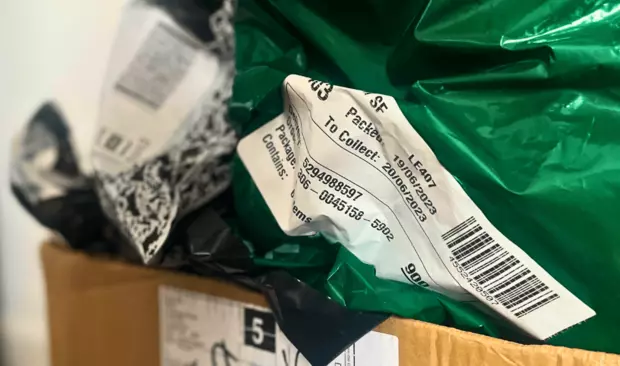
How to mange bulk orders, call offs and inventory drawdown
Explore effective strategies for managing bulk orders, call offs, and inventory drawdowns with Orderwise.

Online shopping has revolutionised consumer behavior. But it’s also given rise to a significant challenge with returns. Customers often buy multiple items with the intention of returning most of them, costing retailers billions each year. According to the Product Returns Research Group (PRRG) at the University of Southampton, 70% of returns are due to customers changing their minds, with an average cost of £11 to handle a return for an £89 item.
The returns crisis in the UK is significant. With internet purchases worth £7 billion being returned every single year.
The fashion industry in particular faces a pressing concern, with over 20% of clothes bought online end up being returned. Major retailers like Boohoo experienced a 94% drop in pre-tax profits in 2022 due to the surge in returned items.
Return rates are continuing to escalate, with a 26% increase in UK retail returns in November 2022 compared to the previous year. During the holiday season, returns spiked by 63%, driven by factors like inflation, the cost-of-living crisis, and impulsive Black Friday purchases.
Handling returns is costing retailers a fortune. The process of returning an item can often involve transportation, assessment, sometimes cleaning, repackaging or disposal, with expenses ranging from £5 to £15 per item. For inexpensive goods, this becomes a financial loss for the retailer, leading companies like Amazon to consider the economic viability of accepting returns or issuing refunds.
Unsurprisingly, the sheer volume of returns is leading to severe environmental consequences, contributing to significant landfill waste and carbon dioxide emissions.
In 2020, returned inventory created 5.8 billion lbs of landfill waste, and shipping returns emitted 16 million metric tons of carbon dioxide.
With a high price to pay for both retailers and the environment, innovative solutions are emerging to tackle the problem:
The UK returns crisis is creating challenges for online retailers, both financially and environmentally. To address the issue properly, a collaborative effort between retailers, customers, and technology providers is essential. By adopting effective stock control strategies and embracing innovative practices, the industry can minimise the negative impact of returns, working towards a more sustainable and efficient future.
For a more in-depth analysis and comprehensive solutions to the returns crisis, download our latest whitepaper: “The Returns Economy: Addressing the UK’s returns crisis”.